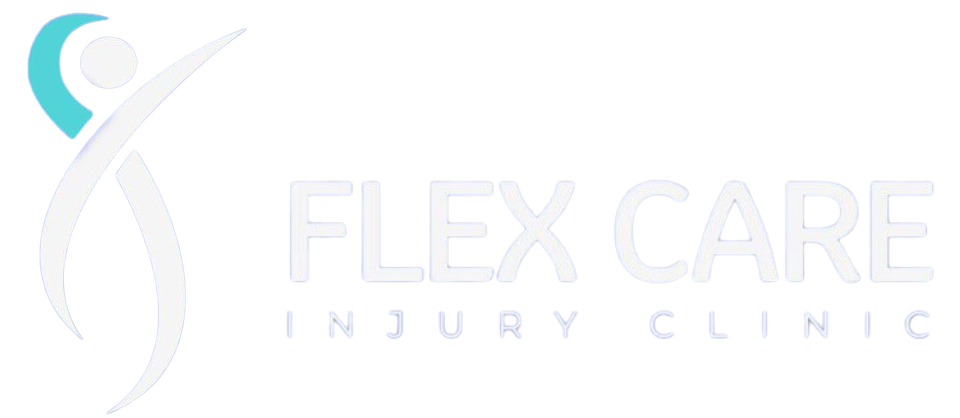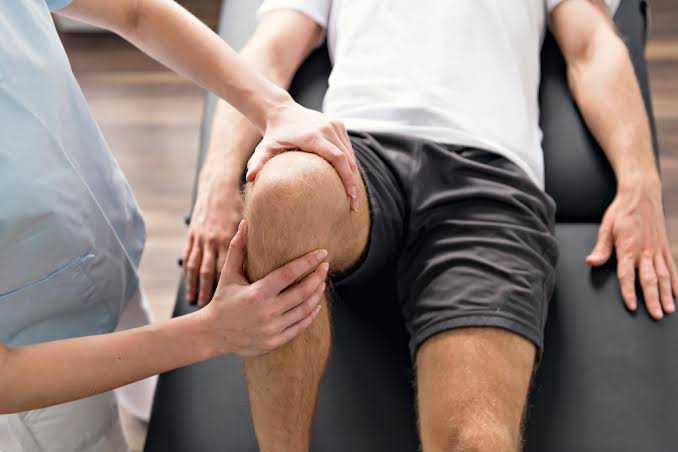Knee osteoarthritis (OA) is a degenerative joint disease that affects millions of people worldwide, particularly those over the age of 50. It occurs when the cartilage that cushions the ends of the bones in the knee joint gradually wears away, leading to pain, stiffness, and decreased mobility. As the cartilage deteriorates, the bones may start to rub against each other, causing further pain and inflammation. Over time, knee osteoarthritis can significantly impact a person’s quality of life, making it difficult to perform everyday activities like walking, climbing stairs, or even sitting and standing.
Understanding Knee Osteoarthritis
Osteoarthritis is often referred to as a “wear and tear” disease, but it is actually a complex condition that involves more than just the breakdown of cartilage. It also includes changes in the bone, the formation of bone spurs (osteophytes), and varying degrees of inflammation in the joint.
Causes and Risk Factors
The exact cause of knee osteoarthritis is not fully understood, but several factors can contribute to its development:
Age: The risk of developing knee osteoarthritis increases with age, as cartilage naturally wears down over time.
Genetics: A family history of osteoarthritis may increase your risk of developing the condition.
Obesity: Excess weight places additional stress on the knee joints, accelerating the breakdown of cartilage.
Injury: Previous knee injuries, such as fractures, ligament tears, or meniscal injuries, can increase the risk of osteoarthritis.
Repetitive Stress: Jobs or activities that require repetitive knee movements or prolonged standing can contribute to the wear and tear of the joint.
Gender: Women are more likely than men to develop knee osteoarthritis, especially after the age of 50.
Joint Abnormalities: Congenital or developmental abnormalities in the knee joint can predispose an individual to osteoarthritis.
Symptoms of Knee Osteoarthritis
The symptoms of knee osteoarthritis can vary in severity and typically develop gradually over time. Common symptoms include:
Pain: Pain is usually felt in the knee joint and may worsen with activity or after periods of inactivity. The pain is often described as a deep, aching sensation.
Stiffness: Stiffness in the knee joint is common, especially after waking up in the morning or after sitting for long periods.
Swelling: The knee joint may become swollen and feel warm to the touch, especially after increased activity.
Reduced Range of Motion: As the disease progresses, it may become difficult to fully bend or straighten the knee.
Creaking or Grinding Sensation: Some people with knee osteoarthritis experience a creaking, grinding, or “grating” sensation when moving the knee joint.
Weakness or Buckling: The knee may feel weak or unstable, leading to a feeling of the knee “giving way.”
How Physiotherapy Can Help
Physiotherapy is a cornerstone of conservative management for knee osteoarthritis. It plays a vital role in reducing pain, improving joint function, and enhancing the overall quality of life. A physiotherapist will develop a personalized treatment plan based on the severity of the condition, the patient’s lifestyle, and their specific goals.
1. Pain Management
One of the primary goals of physiotherapy is to manage pain and reduce inflammation in the knee joint. Physiotherapists use a variety of techniques to achieve this:
Heat and Cold Therapy: Applying heat can help relax the muscles around the knee and improve blood flow, while cold therapy can reduce inflammation and numb the pain.
Electrotherapy: Techniques like TENS (Transcutaneous Electrical Nerve Stimulation) or ultrasound therapy can help reduce pain by stimulating the nerves and promoting tissue healing.
Manual Therapy: Hands-on techniques such as joint mobilizations and soft tissue massage can help relieve pain, reduce stiffness, and improve joint mobility.
2. Improving Range of Motion and Flexibility
Maintaining and improving the range of motion in the knee joint is essential for managing knee osteoarthritis. Physiotherapists guide patients through a series of gentle stretching and mobilization exercises designed to increase flexibility and reduce joint stiffness.
Common exercises for improving knee flexibility might include:
Heel Slides: While lying on your back, slowly slide your heel toward your buttocks to gently bend the knee.
Quadriceps Stretch: This stretch helps to maintain flexibility in the front of the thigh, which is important for knee joint health.
Hamstring Stretch: Stretching the muscles at the back of the thigh can also help reduce pressure on the knee joint.
3. Strengthening Exercises
Strengthening the muscles around the knee, particularly the quadriceps and hamstrings, is crucial for providing support to the joint and reducing the load on the knee. A physiotherapist will design a personalized strengthening program that gradually increases in intensity as the patient progresses.
Quadriceps Strengthening: Exercises like straight leg raises and mini squats help to strengthen the quadriceps, which support the knee joint.
Hamstring Strengthening: Strengthening the hamstrings can help balance the forces on the knee and improve stability.
Hip and Gluteal Strengthening: Strengthening the muscles around the hip and gluteal region is also important, as they play a role in stabilizing the knee during movement.
4. Improving Balance and Proprioception
Knee osteoarthritis can affect balance and coordination, making it difficult to perform certain activities without the risk of falling. Physiotherapy includes exercises that focus on improving balance and proprioception (the body’s ability to sense joint position), which are essential for maintaining stability.
Balance Exercises: These may include standing on one leg, using a balance board, or performing dynamic movements that challenge stability.
Proprioceptive Training: Exercises that improve proprioception can help the body respond better to changes in terrain or unexpected movements, reducing the risk of falls and injury.
5. Gait Training and Activity Modification
Knee osteoarthritis can alter the way you walk, leading to an uneven gait that can exacerbate pain and discomfort. Physiotherapists assess your gait and provide training to improve walking patterns, reducing stress on the knee joint.
Gait Training: Techniques may include practicing proper foot placement, using walking aids if necessary, and improving overall walking mechanics.
Activity Modification: Physiotherapists provide advice on modifying activities to reduce joint stress, such as using supportive footwear, avoiding high-impact activities, and incorporating low-impact exercises like swimming or cycling.
6. Education and Long-Term Management
Education is a key component of physiotherapy for knee osteoarthritis. Understanding the condition, the importance of maintaining an active lifestyle, and how to manage symptoms can empower patients to take control of their condition.
Weight Management: For individuals who are overweight, losing even a small amount of weight can significantly reduce the load on the knee joints, helping to alleviate symptoms.
Exercise Education: Physiotherapists teach patients how to incorporate safe, effective exercises into their daily routine to manage symptoms and prevent further joint deterioration.
Joint Protection Strategies: Learning how to protect the joints through proper body mechanics and posture can help prevent exacerbation of symptoms and prolong the health of the knee joint.
Conclusion
Knee osteoarthritis is a chronic condition that can greatly impact your quality of life, but with the right approach, it is manageable. Physiotherapy offers a comprehensive treatment plan that addresses pain, improves joint function, and helps you maintain an active lifestyle. By working closely with a physiotherapist, you can learn how to manage your symptoms, strengthen your knee, and prevent further damage, enabling you to continue enjoying your favorite activities with less pain and greater ease. If you’re experiencing symptoms of knee osteoarthritis, seeking early intervention with physiotherapy can make a significant difference in your long-term joint health and overall well-being.


